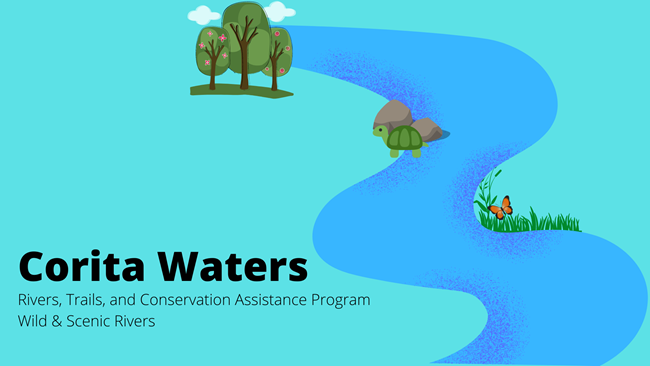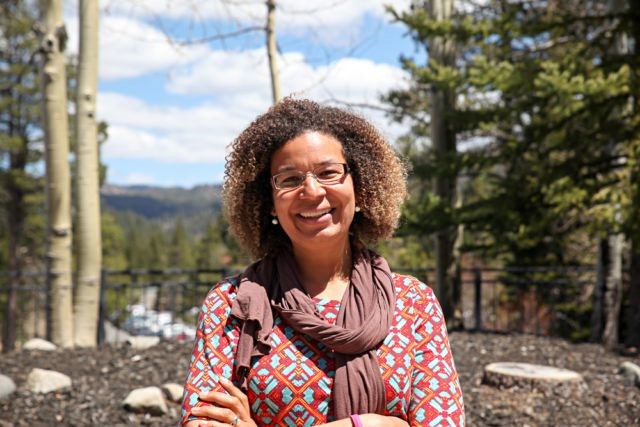Last updated: March 8, 2022
Article
Women in Landscape-Scale Conservation: Corita Waters

How did you get started working in landscape-scale conservation?
I fell in love with watching the changes in the landscape over a season while in college. My college was located on a river, which I rowed on, ran by, or relaxed next to daily. The marsh, tidal wetlands, creatures living in the river, and plants growing in the coastal floodplain all interested me. My senior project studying where and how people were affecting these ecosystems gave me time to pay attention to the system as a whole. I knew quickly I had little interest in studying one organism or species, but rather the relationships between them and how they change over time.What does the term connected conservation mean to you?
I've always considered myself an ecologist and a lover of nature. Connected conservation is about knitting together the whole. I have the privilege to live in a section of the urban DC area that is knit together by federally and locally conserved lands creating a swath of green corridors and connected stream systems--and am surprised by the fox, turkey, turtles, and plants I see in our suburban woods because they stretch across the landscape.
Tell us about a project that you have worked on that you are especially proud of.
I am especially proud of the collective work telling diverse stories of people enjoying rivers and trails during the 50th anniversaries of the Wild and Scenic Rivers Act and National Trails System Act. We wanted to start to capture the narrative around these designations for all people -- independent of age, family size, ability, race -- that each of us could find ways to connect to. We worked with Outdoor Afro and Latino Outdoors and our awesome cadre of staff, Fellows, and partners to create some new narratives about why the outdoors, rivers, trails, and connection with people and place are vital to each of our well being.If you could collaborate with anyone or any organization who would it be?
Diversify Outdoors. I've been inspired by the storytellers and content creators expanding the narrative of the outdoors. I don't spend my time following all of the stories that are out there, but I am so happy to know it exists and to share these images.
